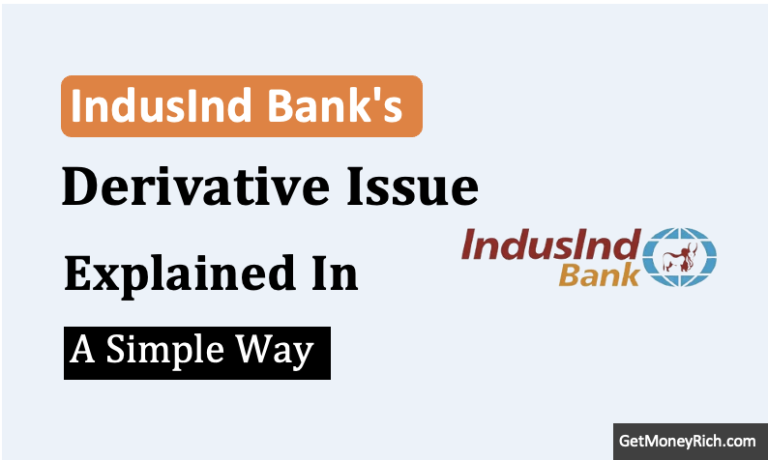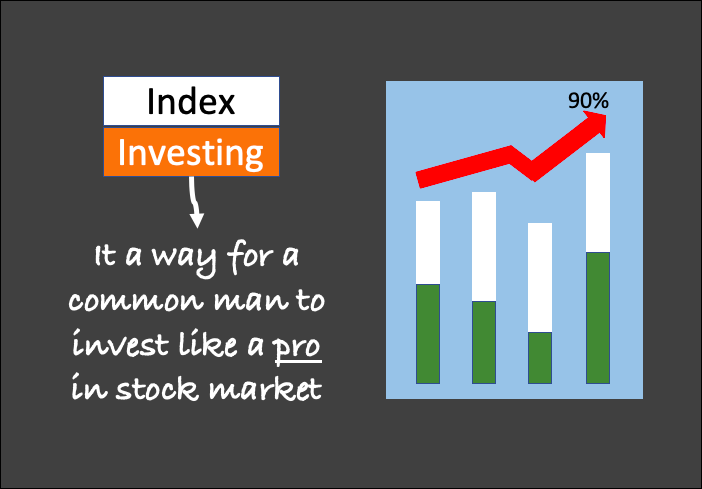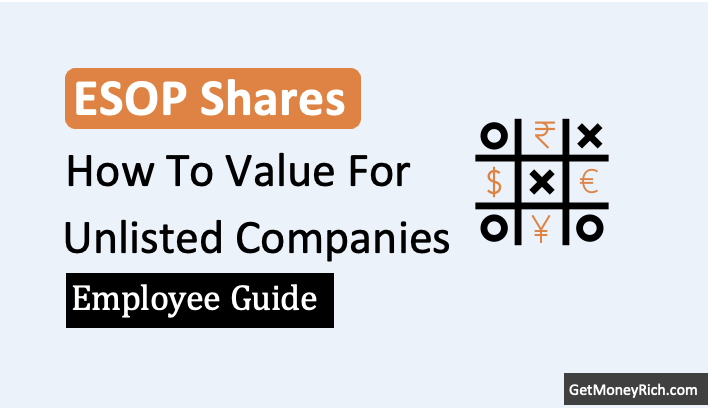Since Feb’2018 Bajaj Auto share price has fallen from Rs.3,200 to Rs.2,760 levels.
This is a fall of nearly 13.7% in span of just 3 months.
Bajaj Auto is currently ranked among the Top 40 highest market cap stocks in India.
When such a huge stock’s price falls by 13.7% in such a short time, it attracts eyeballs.
There has also been news that Bajaj Auto will invest Rs.300 crore in Capex this fiscal.
This investment will be done to ensure new product launch and strengthening R&D.
Bajaj Auto has formulated a strategy to further strengthen its presence in 150cc segment.
At present they have a prime product like Pulsar already operating in this segment.
Bajaj Auto has also planned to increase its market share of 3-wheelers in India.
Bajaj Auto has reached a level in India where it charges a premium over its brand name.
Though Bajaj Auto Brand is still not equivalent to Honda, Suzuki etc, but it can certainly charge some premium.
I feel that following are the three main reasons which gives it an edge over its rivals:
- Premium Product: 400cc Dominar.
- Performance Product: Pulsar and Discover.
- Export sales revenue of 44%+ of the total.
Compare to its competitors like Hero MotoCorp & TVS, Bajaj Auto is certainly more profitable.
Strong presence of Bajaj Auto in overseas market, makes it a very interesting long term holding for investors.
Bajaj Auto has a strong presence is countries like Mexico, Peru Sri Lanka, Egypt, Columbia, Bangladesh etc.
Even its price valuation in terms of P/E & P/B ratio looks attractive.
Bajaj Auto share price has been trading at attractive price levels.
The reason for such low price valuation has been due to sluggish growth in Motorcycle-sales in last couple of years.
Moreover Bajaj Auto does not have a scooter (like Honda Activa) in its product portfolio.
In last couple of years, Scooter sales has been main contributor to revenue for 2-wheeler manufacturers.
Hence I thought to do a more detailed analysis of Bajaj Auto share price.
#1. Business Fundamentals of Bajaj Auto
In order to analyse business fundamentals of Bajaj Auto, lets check the following:
- Growth rates.
- Financial ratios.
- Miscellaneous data.
- Price movement of last 10 years.
- Quarterly Trends.
- Intrinsic Value
#1.1 Growth Rates
One of the most important metric that dictates the build-up of intrinsic value is future growth rate.
A stock which is likely to grow fast in future, will have a higher intrinsic value.
The financial parameters which must grow fast enough in stocks are as below:
- Free Cash Flow Growth
- Reserves Growth
- Income Growth
- Profit Growth
- Dividend Growth &
- EPS growth (my favourite)
I use my stock analysis worksheet to quantify all these values.
Bajaj Auto’s growth rates has been decent.
- FCF growth > 21%
- Reserves growth >20%
- Income growth > 10%
- EBITDA growth > 16%
- Etc…
Check: Stock Analysis Report – Bajaj Auto.pdf
#1.2. Financial Ratios
Financial ratios helps investors to comprehend the numbers better.
It gives a first impression about the stock.
The ratios that my worksheet highlights prominently are as below:
- Price Valuation
- P/E – Price to Earning Ratio.
- P/B – Price to Book Value Ratio.
- P/S – Price to Sales Ratio.
- P/FCF – Price to Free Cash Flow.
- Profitability
- Return on Equity (ROE)
- Return on Capital Employed (RoCE)
- Cash Returned on Invested Capital (CROIC)
I use my stock analysis worksheet to quantify all these values.
Bajaj Auto’s Financial ratios has been as below:
- P/E = 19.76
- EV/EBITDA = 14.18
- P/S = 0.11
- Earnings Yield = 6.7%
- ROE = 23.9%
- ROCE = 33.1%
- DEBT / EXPENSE = 0.0%
- Etc…
Check: Stock Analysis Report – Bajaj Auto.pdf
#1.3. Miscellaneous Data
How to get a rough idea about the current position of the stock’s price?
I prefer to look at the below indicators?
- Current price compared to its 52W high and Low price.
- How much the price changed in last 30 days and 12 months.
- What is the market cap.
- Compared to the Industry P/E, what is the P/E of stock.
- What is the price growth in last 3Y, 5Y and 10Year.
- What is the average dividend yield in last 3Y, 5Y and 10Year.
I use my stock analysis worksheet to get quick answers to these questions.
Few Miscellaneous data of Bajaj Auto are as below:
- Price: 52W High 3,338.80 52W Low 2,618.90, 1 Year Change-16.6%.
- Price Growth: 3Y-6.2%, 5Y-8.8%, 10Y-24%.
- Dividend Yield: 3Y-1.8%, 5Y-1.4%, 10Y-2.4%.
- Etc…
Check: Stock Analysis Report – Bajaj Auto.pdf
#1.4. Price Chart of Last 10 Years
In last 10 years, the market price of Bajaj Auto has jumped from Rs.225 to Rs.2,775.
This is a CAGR of 24% per annum.
But, frankly speaking price charts tell very less about a stock (unless you are a technical analyst).
But I still like to give it a glance. Why?
It gives an idea of how the current price is placed compared to last 10 years trend.
There can be few scenarios here:
- If price is only bullish – current price can be overvalued.
- If Price is remaining modest – poses a question why price is not growing fast enough?
- When price is falling – current price can be undervalued or business fundamentals may be weakening.
I use my stock analysis worksheet to generate the 10 Year price chart and analyse it accordingly.
Check: Stock Analysis Report – Bajaj Auto.pdf
#1.5. Quarterly Trends
Why to look at quarterly results?
For investors (not traders), long term trends are more valuable.
But it is also essential that the investor should not miss to note the short term trends.
If in short term, the income, earnings are falling, its a risk factor that must be taken into consideration.
Investor must get the answers for the Why’s before proceeding.
The quarterly trends that I refer are as below:
- Total Income – TTM data verses last FY data (if rising or falling).
- Net Profit – TTM data verses last FY data (if rising or falling).
- Earning Per Share (EPS) – TTM data verses last FY data (if rising or falling).
I use my stock analysis worksheet to get pictorial chart for the above important informations.
Quarterly trends of Bajaj Auto are as below:
- Total Income-TTM: Up (from Rs.23,000 to Rs.25,100 crores).
- Net Profit-TTM: Up (from Rs.3,800 to Rs.4,050 crores).
- EPS-TTM: Up (from Rs.132 to Rs.140).
Check: Stock Analysis Report – Bajaj Auto.pdf
#1.6. What is the Intrinsic Value of this stock?
The estimated intrinsic value of Bajaj Auto is very close to its market price. But it is still not undervalued.
A stock whose market cap is close to Rs.80,300 crore, even such price levels looks dear.
Though the estimated intrinsic value of this worksheet is not perfect, but it works well for me.
Even if it is a rough estimation of intrinsic value, it is still worth doing it.
Because investing in a stock without comparing its intrinsic value with its current price is a big mistake.
There are several ways to estimate intrinsic value of a stock. But I rely more on the following methods.
I have incorporated all of my favourite methods in my worksheet to estimate intrinsic value of stocks.
An intelligent formula then generates the net intrinsic value of the stock derived from all these individual methods:
- DCF method
- NCAPS method
- Absolute PE method
- Reproduction cost method
- Benjamin Graham’s Formula
- Earning Power Value (EPV)
I use my stock analysis worksheet to estimate intrinsic value of stock.
Check: Stock Analysis Report – Bajaj Auto.pdf
What is the final conclusion?
This worksheet considers all aspect of stock to arrive at a final conclusion.
What is the ultimate question in stock investing?
- The stock is good or bad?
How to arrive at this conclusion?
My stock analysis worksheet does this very nicely for me.
Based on the following parameters, it generates an overall grade for its stock.
If the generated grade is above 85%, the stock is considered good.
For Bajaj Auto, the overall gradings are as below:
- Market Price: slightly overvalued.
- Future growth: excellent.
- Management’s efficiency: excellent.
- Profitability: Good.
- Financial health: Decent.
- Bankruptcy thread: Nil.
Check: Stock Analysis Report – Bajaj Auto.pdf
It must be noted that, investors must give importance to the price valuation of stock.
A stock which is priced right (undervalued), and has a score of 85%+ is ideal.







Mr.mani your presentation is awesome. I need your view and presentation on Bajaj finance.
Dear Mani Sir,
With a 5Y EPS CAGR around 10% how do we get Ben Graham valuation Rs: 3076? even if we take 10Y CAGR rate, which looks better than 5Y, this value seems way higher than it should be. The only number convincing is Absolute PE valuation. I tried this in your worksheet as well, but not matching up with the numbers. pls check and let me know
Regards,
V9
Refer your values. Probably my source data is dated. Thanks.